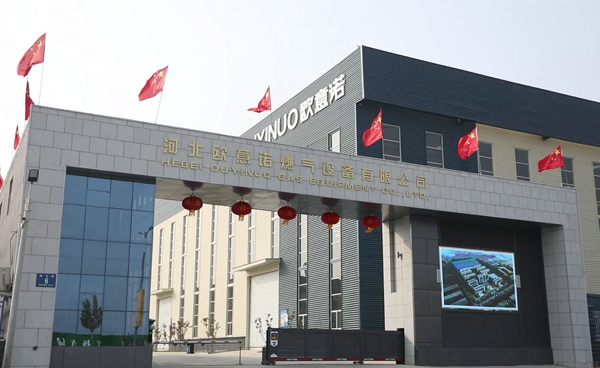
Dec . 05, 2024 06:07
Back to list
Design and Analysis of Gas Pressure Vessels for Safe Industrial Applications
Understanding Gas Pressure Vessels
Gas pressure vessels are crucial components in various industries, including oil and gas, chemical production, and power generation. These vessels are designed to store and contain gases under pressure, ensuring safety, efficiency, and reliability in operations. Understanding the principles, designs, materials, and regulations surrounding gas pressure vessels is essential for anyone working in related fields.
What is a Gas Pressure Vessel?
A gas pressure vessel is a container designed to hold gases at a pressure significantly higher than atmospheric pressure. These vessels can be cylindrical, spherical, or other shapes and must be engineered to withstand internal stresses caused by the pressurized contents. The design of a gas pressure vessel typically includes not only the vessel itself but also incorporates means for inflating, deflating, and monitoring the gas inside.
Design Considerations
When designing a gas pressure vessel, several factors must be considered
1. Material Selection The material used for the construction of the vessel must be able to resist the corrosive effects of the gas being stored and withstand high pressure and temperature conditions. Common materials include carbon steel, stainless steel, and composite materials.
2. Pressure Ratings The design must specify a maximum allowable working pressure (MAWP) that the vessel can handle safely. Engineers calculate this rating based on the material strength, thickness, and the overall geometry of the vessel.
3. Safety Features Safety is paramount in the design of gas pressure vessels. Features such as pressure relief valves, safety barriers, and rupture disks are critical to prevent over-pressurization and potential explosions.
4. Regulatory Compliance Gas pressure vessels must comply with strict regulations and standards set by national and international organizations, such as the American Society of Mechanical Engineers (ASME) and the Occupational Safety and Health Administration (OSHA). These regulations govern the design, construction, testing, operation, and maintenance of pressure vessels.
Common Applications
gas pressure vessel

Gas pressure vessels are employed in numerous applications, such as
- Natural Gas Storage In the energy sector, these vessels store natural gas under pressure for transportation and distribution.
- Chemical Processing Many chemical reactions require gases to be stored and manipulated under pressure. Gas pressure vessels are integral for processes like ammonia synthesis in fertilizers.
- Beverage Industry In the production of carbonated beverages, gas pressure vessels are used to store carbon dioxide and ensure proper carbonation levels.
- Research and Development In laboratories, gas pressure vessels facilitate various experimental processes where controlled gas environments are imperative.
Maintenance and Inspection
Routine maintenance and inspection of gas pressure vessels are critical to ensuring safety and operational integrity. Visual inspections, ultrasonic thickness measurements, and non-destructive testing methods are commonly employed to identify potential issues such as corrosion, cracks, or material fatigue. Failure to maintain these vessels can lead to catastrophic failures, endangering human lives and the environment.
Conclusion
Gas pressure vessels play an essential role in modern industrial processes by safely containing gases under pressure. Understanding their design, material properties, safety considerations, and regulations helps ensure safe operations and effective risk management. As technology advances and industries evolve, the continuous research and development in the design and materials used for gas pressure vessels will further enhance their efficiency and safety, contributing to a more sustainable future.
In conclusion, gas pressure vessels are indispensable for numerous sectors, and a thorough understanding of their functionality and safety measures is vital for professionals working in these fields. Regular maintenance and adherence to safety regulations cannot be overstated, as they are fundamental to preventing accidents and ensuring the longevity of these critical assets.
Latest news
-
Safety Valve Spring-Loaded Design Overpressure ProtectionNewsJul.25,2025
-
Precision Voltage Regulator AC5 Accuracy Grade PerformanceNewsJul.25,2025
-
Natural Gas Pressure Regulating Skid Industrial Pipeline ApplicationsNewsJul.25,2025
-
Natural Gas Filter Stainless Steel Mesh Element DesignNewsJul.25,2025
-
Gas Pressure Regulator Valve Direct-Acting Spring-Loaded DesignNewsJul.25,2025
-
Decompression Equipment Multi-Stage Heat Exchange System DesignNewsJul.25,2025

